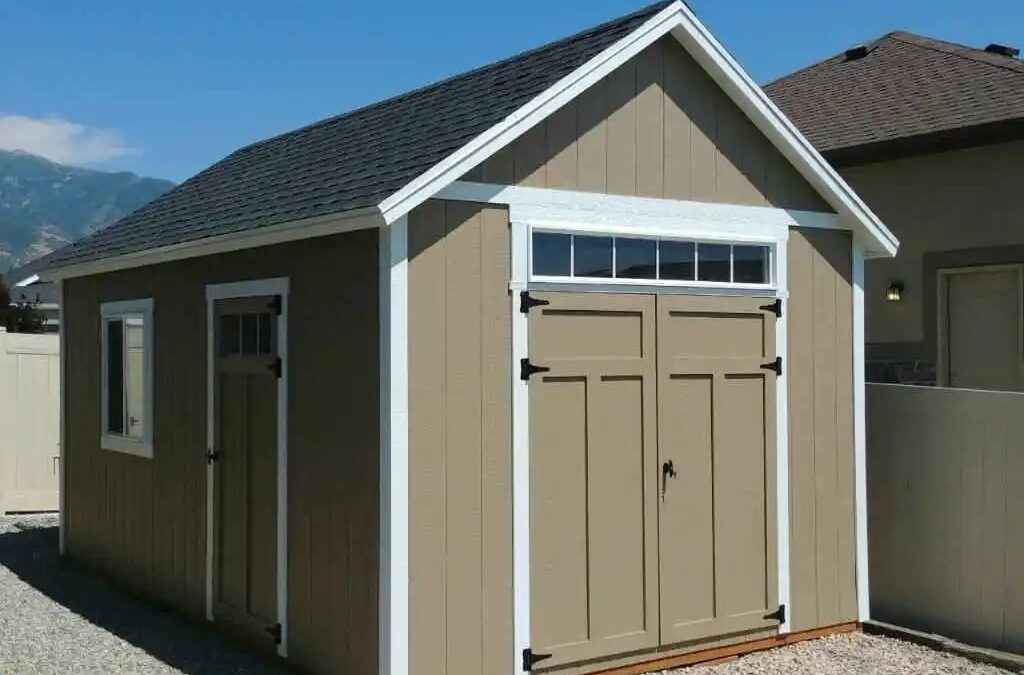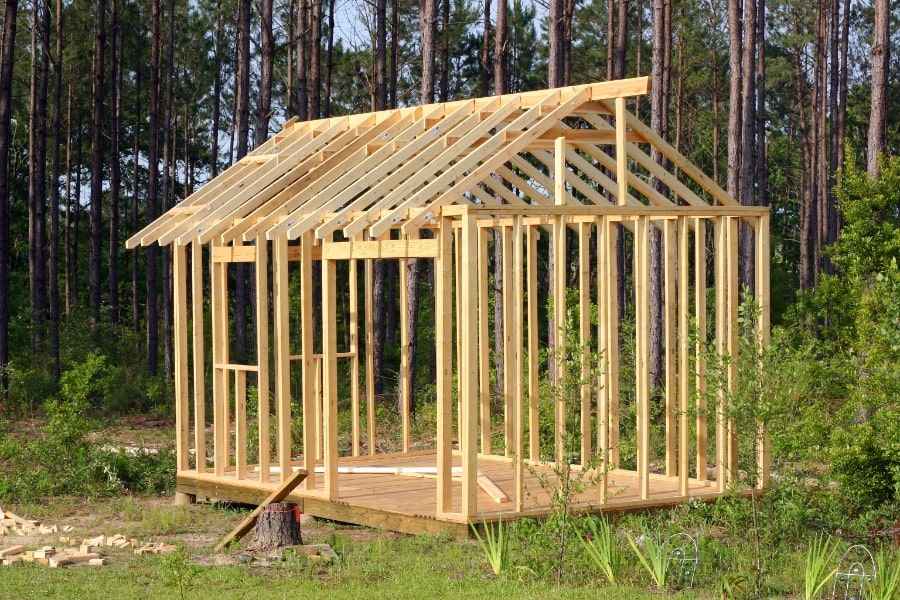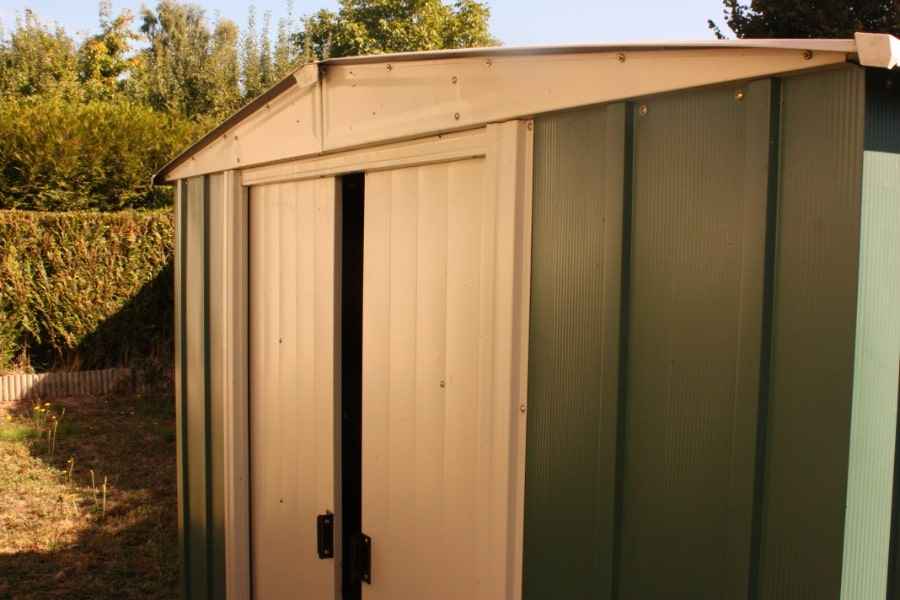Designing a shed may seem simple, but when aiming for a low-maintenance structure, it requires a more nuanced approach than simply clicking and choosing a basic pattern. To draw a shed that stands up against time and weather, you need an in-depth understanding of materials, construction techniques, and, most importantly, the climate you’re building for.
Choosing the right materials and an efficient design can drastically reduce the time and effort spent on maintenance. Whether you’re a gardening enthusiast needing a space for your tools, a carpenter needing a workshop, or a homeowner looking for extra storage, a well-designed, low-maintenance shed is a game-changer.
However, creating such a blueprint isn’t an easy feat. You need to consider many factors, such as the roof slope, shed orientation, drainage, and ventilation, among others. Furthermore, you must select materials that promise durability while being low-maintenance.
We’re delving deeper into the blueprint of a shed design that prioritizes durability and functionality while minimizing maintenance. Let’s get started.
Building for the Weather: Designing Sheds for Durability and Low Upkeep
To build a shed that withstands variable weather conditions and requires minimal maintenance, you have to start with the right design. Here are the top factors to consider when drawing your 3D shed blueprint.
- Roof Slope: Steeper roofs shed snow and rain more effectively, reducing the potential for leaks or weight accumulation that could compromise the structure.
- Orientation: Position your shed with the least exposed side facing the prevailing weather. This minimizes weather-related wear and tear.
- Foundation: A sturdy, well-insulated foundation prevents moisture intrusion and stands up to frost heaves, ensuring longevity.
- Drainage: Include guttering and landscaping provisions that encourage water to flow away from the shed, reducing the potential for water damage.
- Ventilation: Adequate ventilation helps regulate temperature and humidity, preventing the build-up of condensation, which can lead to rot and mold.
With the shed designs that stand strong against harsh weather conditions, it’s time to delve into the choice of materials to ensure its durability.
The Blueprint of Durability: Choosing Low-Maintenance Materials for Your Shed
Selecting the right materials is crucial when designing a shed that stands the test of time with minimal upkeep. Here are some top picks for low-maintenance, weather-resistant materials to include in your shed blueprint.
- Composite Siding: This material mimics the look of wood but resists rot, pests, and weather-related damage. It also requires minimal upkeep – an occasional wash-down keeps it looking good as new.
- Metal Roofing: Highly durable and virtually maintenance-free, metal roofing can last decades without needing replacement. It also effectively sheds rain and snow.
- PVC Windows and Doors: Unlike wood, PVC doesn’t rot, warp, or need regular painting. It’s a low-maintenance choice for doors and windows in your shed design.
- Durable Finishes: Opt for finishes that are designed to withstand the elements. Consider using marine-grade paint and weather-resistant stains for any exposed woodwork.
By making informed choices when it comes to designing and selecting materials, you can draw a blueprint for a shed that promises durability and low maintenance.
Conclusion
Learning how to design a shed isn’t just about creating a practical storage solution; it’s about creating a structure that can resist weather-related challenges and stand strong for years. By considering the impacts of weather on your design and choosing low-maintenance, durable materials, you can build a shed that requires minimal upkeep, freeing your time for more enjoyable pursuits.
Investing time and thought into the design stage of any project is always worthwhile, and a shed is no exception. Remember, a well-designed, well-constructed shed won’t just add value to your property; it will also reduce the burden of maintenance, allowing you to enjoy your shed rather than constantly working on it. Draw up your low-maintenance, durable shed design today, and enjoy the benefits for many years to come.



